January 03, 2023
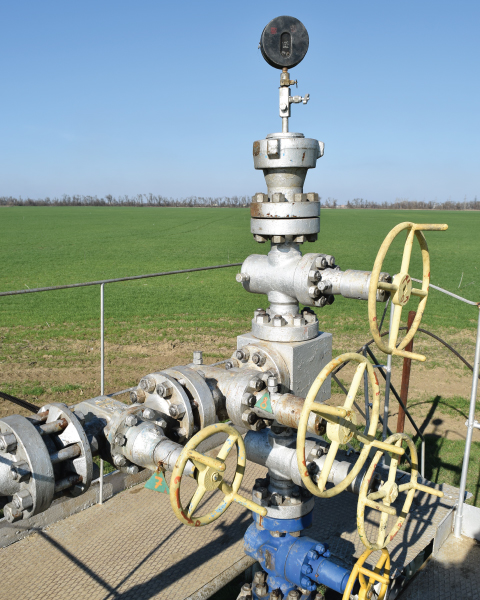
January 03, 2023

A System to Regulate the Flue Gas Exit Velocity from Chimneys
Any combustion produces hot flue gases. In the case of boilers or process-fired heaters, heat is recovered from the flue gases, and then, they are to be released to the ambient at a minimum specific height, at a certain minimum velocity. This process of discharging flue gas at a certain height is achieved by using a chimney where the flue gas enters the chimney's bottom (slightly above ground level) and exits at the top end. During plant operation, the flue gas flow that enters the chimney varies. This results in varying flue gas exit velocities from the chimney. As the chimney flues are designed for maximum flue gas flow, the flue gas exit velocity reduces if the gas flow entering the chimney is less than the designed value. Substantial flue gas exit velocity reduction is often experienced during boiler part load operations. Such a substantial reduction in flue gas exit velocity is not desirable from the point of environmental pollution consideration. This innovation devised a system by which chimney flue gas exit velocity can be regulated with flue gas flow through the chimney so that flue gas exit velocity can be maintained at a desired level irrespective of plant operating conditions. Possible applications of the invention but not limited to are: a) Chimney for boilers (fired and unfired) in thermal power plants. b) Chimney for boilers in Industrial plants, process industries etc. Multiple boiler exhausts can be connected to a single chimney flue, which optimises the design cost of chimney construction for the plant. Cost savings will be in the chimneys' material, space and construction time.February 19, 2014
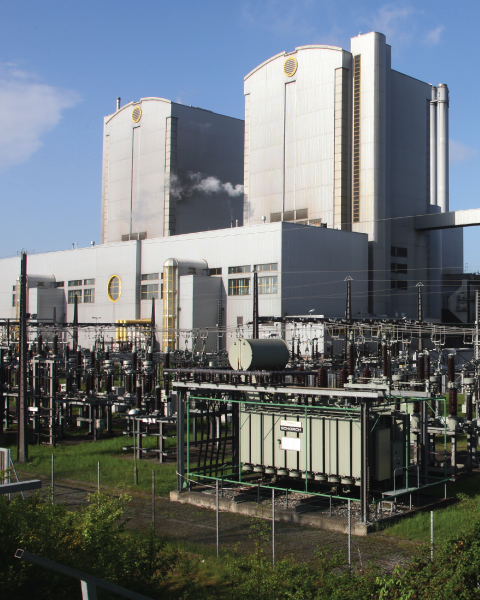
February 19, 2014

Process for Treatment of Flue Gas
This innovative process relates to the conventional seawater-based Flue Gas Desulphurisation (FGD) plant, wherein seawater is used as an absorbent of SO2 to limit its emission from the flue gas to the atmosphere.May 01, 2011
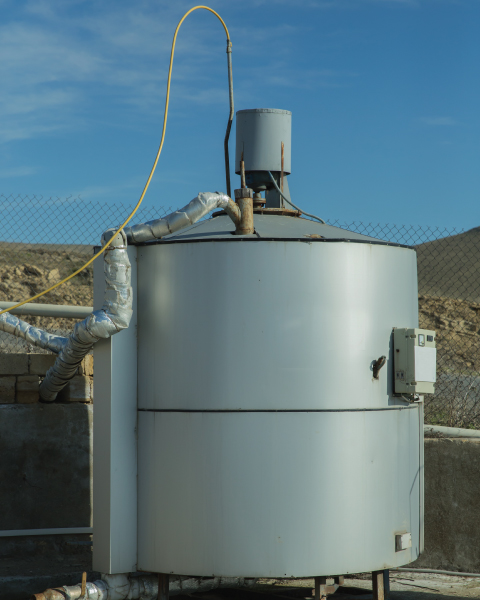
May 01, 2011

An Anaerobic Digester Assembly
Generally, de-oiled cakes are generated from tree-borne seeds after extracting oil. This de-oiled cake has a significant percentage of total solid content, suitable for fermentation in an anaerobic digester and to generate useful biogas as a source of energy.July 27, 2010
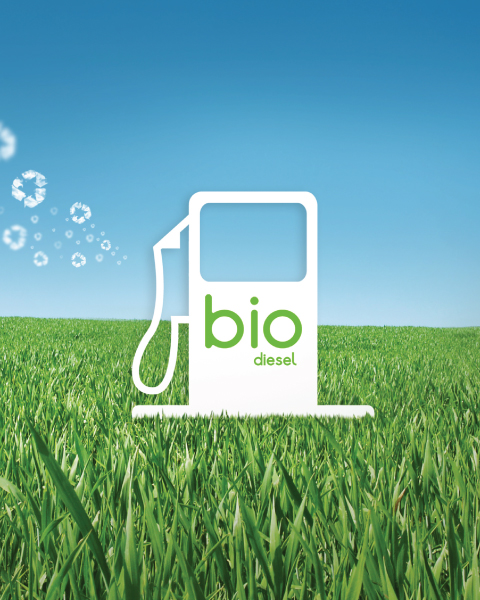
July 27, 2010

Acid Catalyst for Producing Bio diesel from Vegetable Oils
About 80% of the country's demand for Petroleum and Petroleum derived products is imported. It is an environment-friendly option by reducing emissions while still supplying fuel, which is essential for growth in a developing country like India.July 14, 2008

July 14, 2008

Method for Blocking Operation of Overcurrent Relay for Earth Fault
Industries’ power supply is fed from State Electricity Boards at voltages varying from 11kV to 220kV depending upon the load requirement. This supply is stepped down to a suitable voltage level using a transformer. Usually, 220 and 110kV voltages are stepped down by using a Star-Star transformer. Industries also use captive power generation, which operates in parallel with the grid since the power supply’s reliability is critical to maintaining production continuity.January 23, 2008
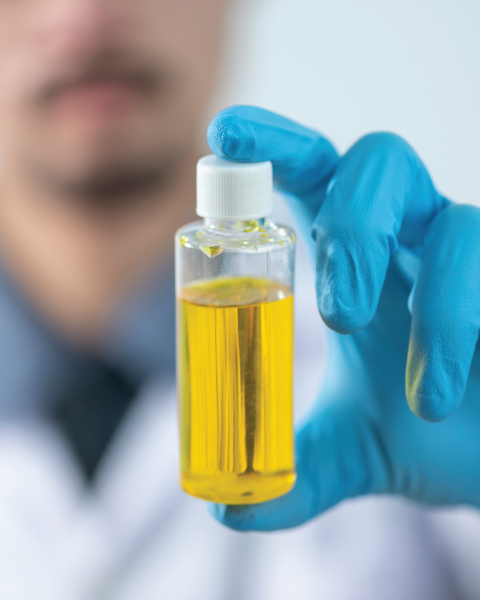
January 23, 2008

A Process of Producing Distilled Fatty Acids
Fatty acid distillation is typically carried out under reduced pressure (vacuum) and at about 240 degrees Celsius. This invention relates to producing Distilled Fatty Acid (DFA) from the fats splitting process by providing a system for DFA production without vacuum requirement, with less steam and cooling water. This process operates with less fuel consumption and is easy to operate.© Tata Consulting Engineers Limited. All Rights Reserved | Site Credits:DV






